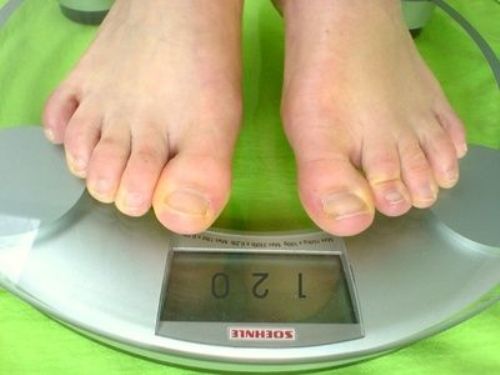
A formula devised by Belgium statistician Adolphe Quetelet, which measures obesity by relative comparison of body’s weight and height is nomenclated as body mass index. It is also known as Quetelet Index and is a popular body mass indicator which indicates whether one is overweight, underweight or at a healthy weight. BMI can be calculated manually by following five easy steps which are stated below.
Measure your weight
The first step to calculate body mass index involves measurement of body weight. This step is less time consuming and has not much complexities involved. Just stand on a bathroom scale or any electronic weight machine and record the displayed data. But it demands proper attention to ensure that an accurate weight is recorded. Efficacy can be ensured by opting for measurement of the body weight in morning session with empty stomach. Employing a standard scale too can add to the accuracy factor. Body weight is a key input in the calculation of BMI, so any error in measurement and readings would contribute to a faulty outcome. Cross checking the recordings can ensure the correctness of the raw data.
Measure your height
Measurement of the body height is the next important step in calculation of body mass index. It is a simple step which can be concluded briskly. Just stand against a wall or door and mark the uppermost point of your body by using a marker. Then measure the height of that point in any standard unit and note it for feeding into the BMI formula. This recorded data is the actual height of your body. Either traditional or modern methods can be employed for measuring the body height but it should be ensured that standard options are chosen. Correctness of the recorded data should be ensured to avoid any mistake in the final value of the body mass index to be calculated.
Calculating BMI in US units
There are two methods to calculate BMI in US units. Either of the two proposed methods can be employed to find out BMI. It largely depends on the format of the recorded data i.e how the measurements were made. If body weight is measured in pounds and height is measured in inches, then BMI can be calculated through mathematical division of the body weight in pounds by square of height in inches and then multiplying 703 to the whole result. But if the body weight is measured in kilograms and height is measured in meters, then above formula will not work. In such case BMI can be calculated by mathematical division of the body weight in kilograms by square of height in meters. While calculating, all mathematical rules should be carefully applied for extracting a error free body mass index. Cross check the result for ensuring its correctness.
Calculating BMI in metric units
BMI can also be calculated in metric unit. For such calculation, weight in kilograms is divided by height in meters squared. Proper mathematical rules should be followed to find a correct BMI value. It is also imperative to know that the value of BMI obtained in metric units may deviate slightly from the results which were found in U.S units. This error is mostly due to rounding error and should be discarded. Both these methods are useful and equally effective in indicating disproportionate body weight. They only add universality to the method as different country employs different units for measurement.
Compare your result with the BMI scale
The last step of calculating body mass index involves comparison of the result with BMI scale which is predefined after robust medical research on thousands of people. A BMI of less than 18 indicates a state of under weight whereas a value of 18.5 states that the person is thin for his height. A BMI between 18.6 and 24.9 reflects a healthy weight and a value between 25 and 29.9 warns of overweight. Obesity is indicated by a BMI value of 30 or greater.
Thus, it is quite transparent that body mass index is an inexpensive and effective method of measuring the potential risk factors associated with the weight of the body. If proper precautionary measures are taken while calculating BMI, it can be an extremely useful tool for measuring abnormal body mass and in this way it can save individuals from serious complications of disproportionate weight.


